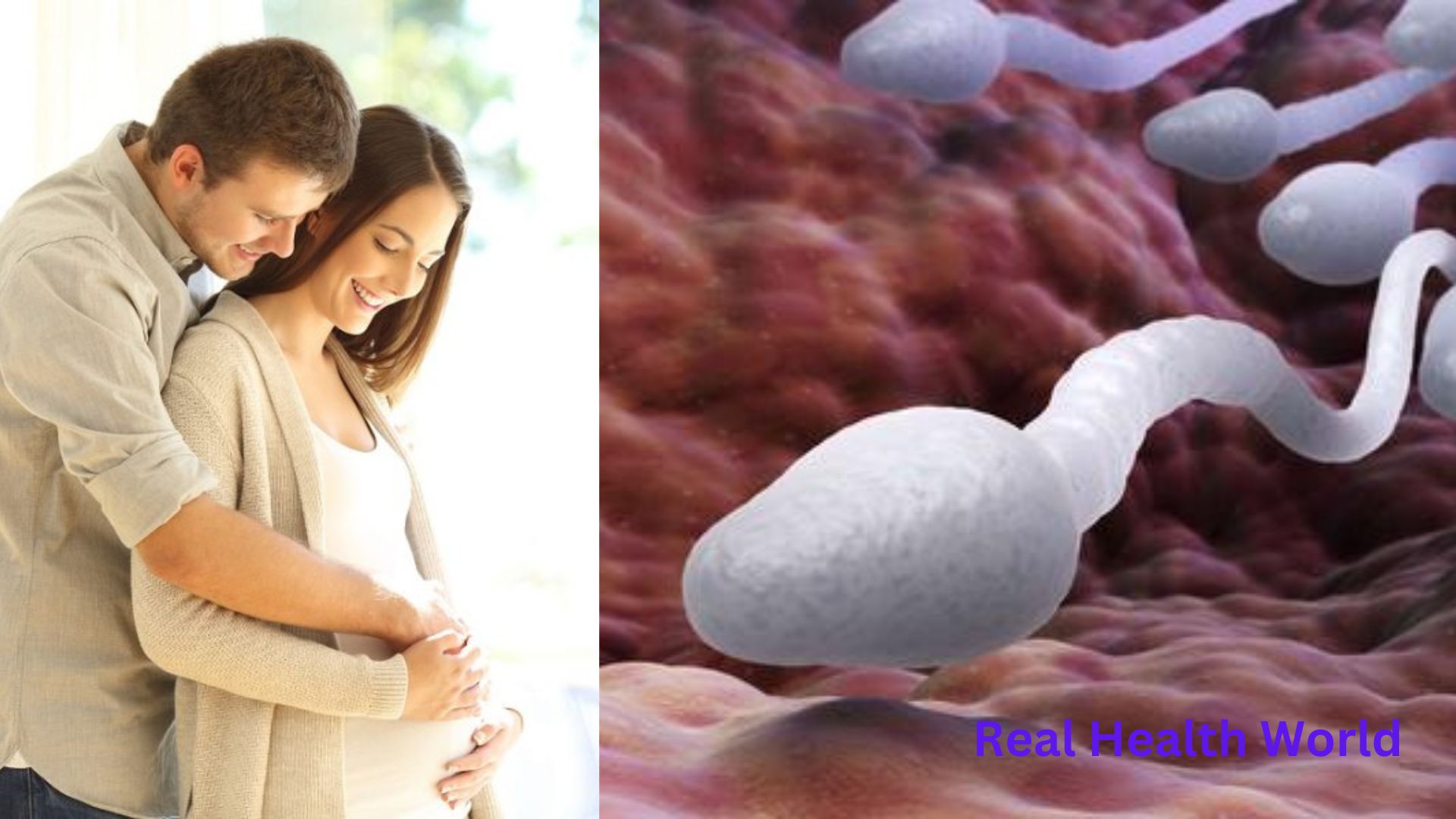A novel technique for measuring the age of men’s sperm has the potential to predict the success and timing of getting pregnant, according to a new study published by researchers at Wayne State University School of Medicine.
“Sperm epigenetic clocks relate to pregnancy outcomes in the general population” (link to article here) published in the journal Human Reproduction suggests that sperm epigenetic aging clocks may serve as a novel biomarker for predicting pregnancy timing in couples. The results also highlight the importance of male mates in reproductive success.
- Chronological age is a significant determinant of fertility and success in couples trying to conceive, but chronological age increasingly excludes genetic and external – environmental – factors and thus serves as a proxy measure of the ‘true’ biological age of cells. “
Dr. Pilsner is the Robert J. Sokol, M.D., Endowed Chair of Molecular Obstetrics and Gynecology and director of Molecular Genetics and Infertility at WSU’s C.S. Mott Center for Human Growth and Development. “Semen quality outcomes utilizing World Health Organization guidelines have been used to assess male infertility for decades, but they remain poor predictors of reproductive outcomes. Thus, the ability to capture the biological age of sperm may provide a novel platform to better assess the male contribution to reproductive success, especially among infertile couples.”
Epigenetic aging of sperm is chronological, rather than biological aging of sperm. The study found the chance of conceiving after 12 months was 17% lower for couples with younger sperm epigenetic aging compared to younger male partners. The study involved 379 male partners of couples who had stopped using contraception with the intention of becoming pregnant.
The study also found higher epigenetic aging in the sperm of men who smoked.
Dr. Pilsner said the results indicate that higher sperm epigenetic aging is associated with a longer time to conceive in couples not helped by fertility treatment, and in couples who did achieve pregnancy, shorter pregnancies.
The strong relationship between epigenetic aging of sperm and pregnancy potential and its slowing or reversal through lifestyle choices and/or pharmacological interventions requires further investigation. Additionally, because older fathers are at risk for children with adverse neurological outcomes, it is important to understand the potential relationship of sperm epigenetic aging to children’s health and development.
“There is a critical need for new measures of male fecundity for assessing overall reproductive success among couples in the general population,” Dr. Pilsner said. “These data show that our sperm epigenetic clocks may fulfill this need as a novel biomarker that predicts pregnancy success among couples not seeking fertility treatment. While chronological age of both partners remains a significant predictor of reproductive success, our clocks likely recapitulate both external and internal factors that drive the biological aging of sperm. Such a summary measure of sperm biological age is of clinical importance, as it allows couples in the general population to realize their probability of achieving pregnancy during natural intercourse, thereby informing and expediting potential infertility treatment decisions. “
Dr. Pilsner advised that because those studied were largely Caucasian, greater and more diverse cohorts are necessary to confirm the association between sperm epigenetic aging and couple pregnancy success in other races and ethnicities.
Wayne State University
Journal reference:
Pilsner, J.R., et al. (2022) Sperm epigenetic clock associates with pregnancy outcomes in the general population. Human Reproduction. doi.org/10.1093/humrep/deac084.
How do you predict male fertility?
These can include:
- Scrotal ultrasound. This test uses high-frequency sound waves to produce images inside your body. …
- Transrectal ultrasound. A small, lubricated wand is inserted into your rectum. …
- Hormone testing. …
- Post-ejaculation urinalysis. …
- Genetic tests. …
- Testicular biopsy. …
- Specialized sperm function tests.
How does embryologist choose sperm for ICSI?
The semen sample is prepared by centrifuging, or spinning the sperm cells through a special medium. This separates live sperm from debris and most of the dead sperm. The embryologist then picks up the single live sperm in a glass needle and injects it directly into the egg.
What is it called when a man cant produce sperm?
What is “azoospermia”? Azoospermia is the medical term used when there are no sperm in the ejaculate. It can be “obstructive,” where there is a blockage preventing sperm from entering the ejaculate, or it can be “nonobstructive” when it is due to decreased sperm production by the testis.
What are 4 causes of male infertility?
Risk factors linked to male infertility include:
- Smoking tobacco.
- Using alcohol.
- Using certain illicit drugs.
- Being overweight.
- Having certain past or present infections.
- Being exposed to toxins.
- Overheating the testicles.
- Having experienced trauma to the testicles.
Are ICSI babies healthy?
Retrospective data suggests that IVF and IVF/ICSI are safe. Health risks to both mother and offspring that are significantly increased with assisted reproduction include multiple gestation, preterm delivery (even in singleton pregnancy), and congenital abnormalities in the offspring.
Why does sperm go from white to clear?
Normally, semen is a thick, whitish liquid. However, several conditions can change the color and consistency of semen. Watery semen can be a sign of low sperm count, indicating possible fertility problems. Ejaculating thin, clear semen may also be a temporary condition with no serious health concerns.
What is the lowest sperm count for IVF?
At least 10 x 10(6) spermatozoa/ml, of which at least 30% are motile and 15% have progressive motility, are required for IVF or insemination therapy, despite the fact that pregnancies can be achieved with lower parameters. As a minimum, 20% of spermatozoa should be of normal morphology.
Read more from Real Health World
